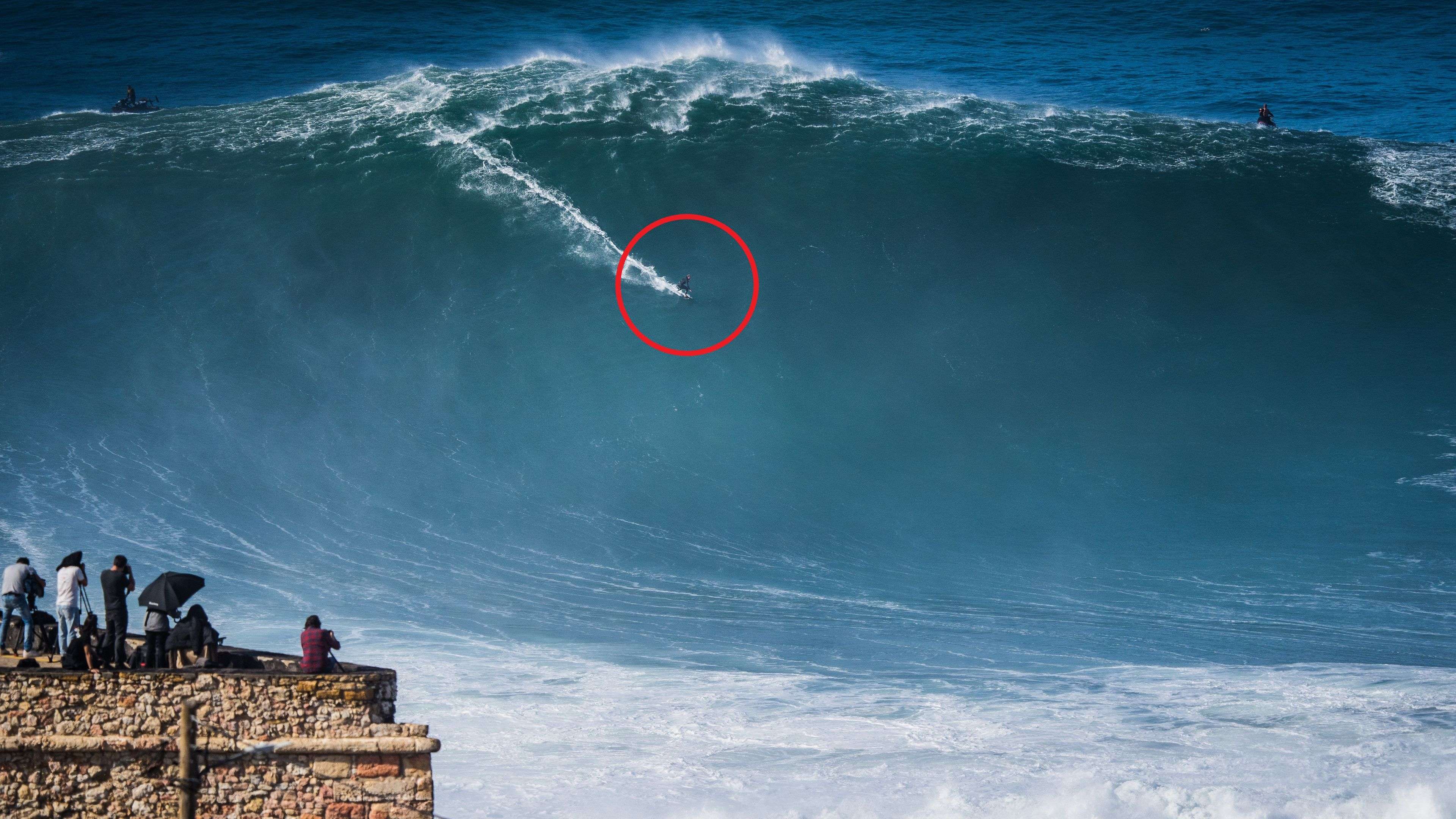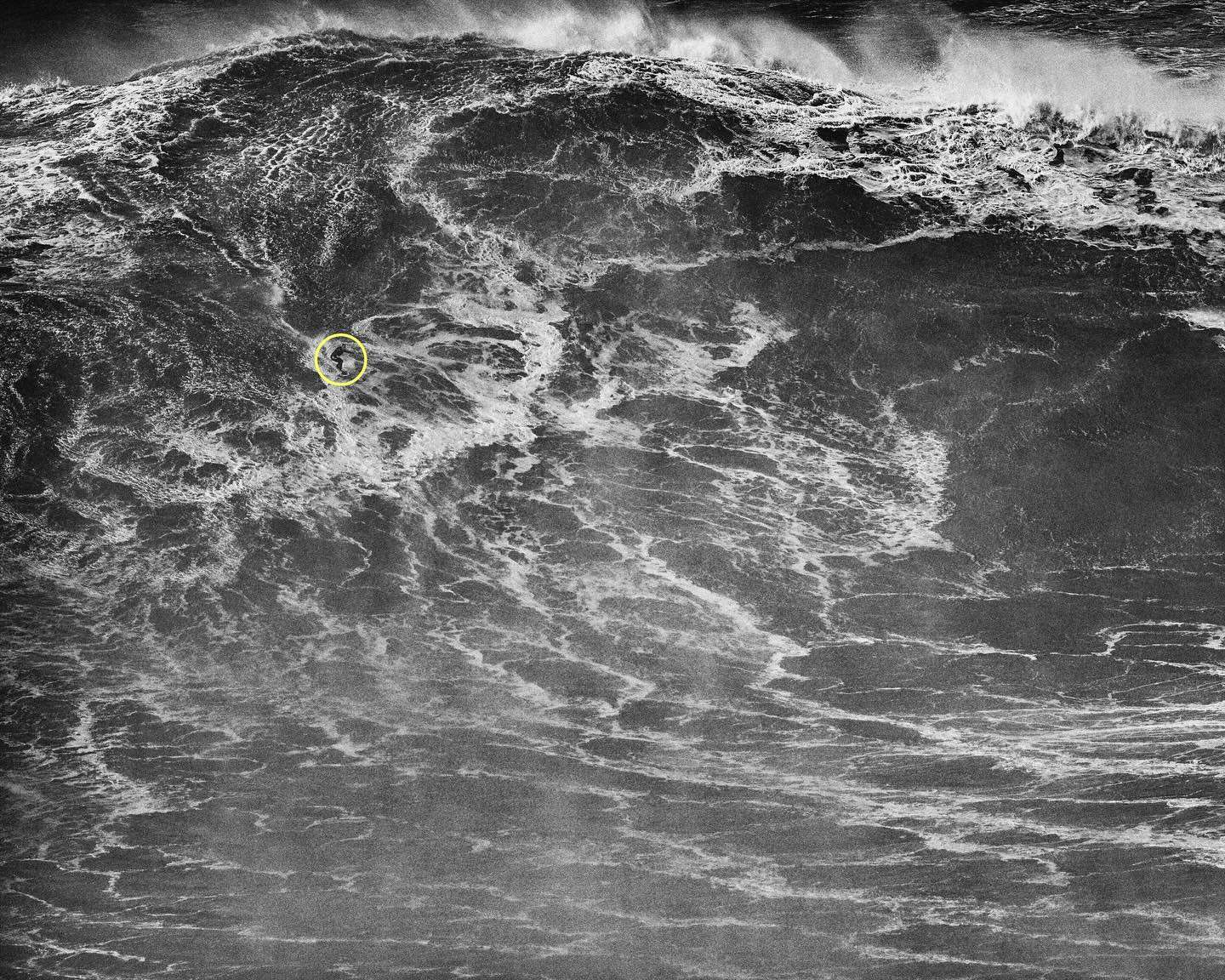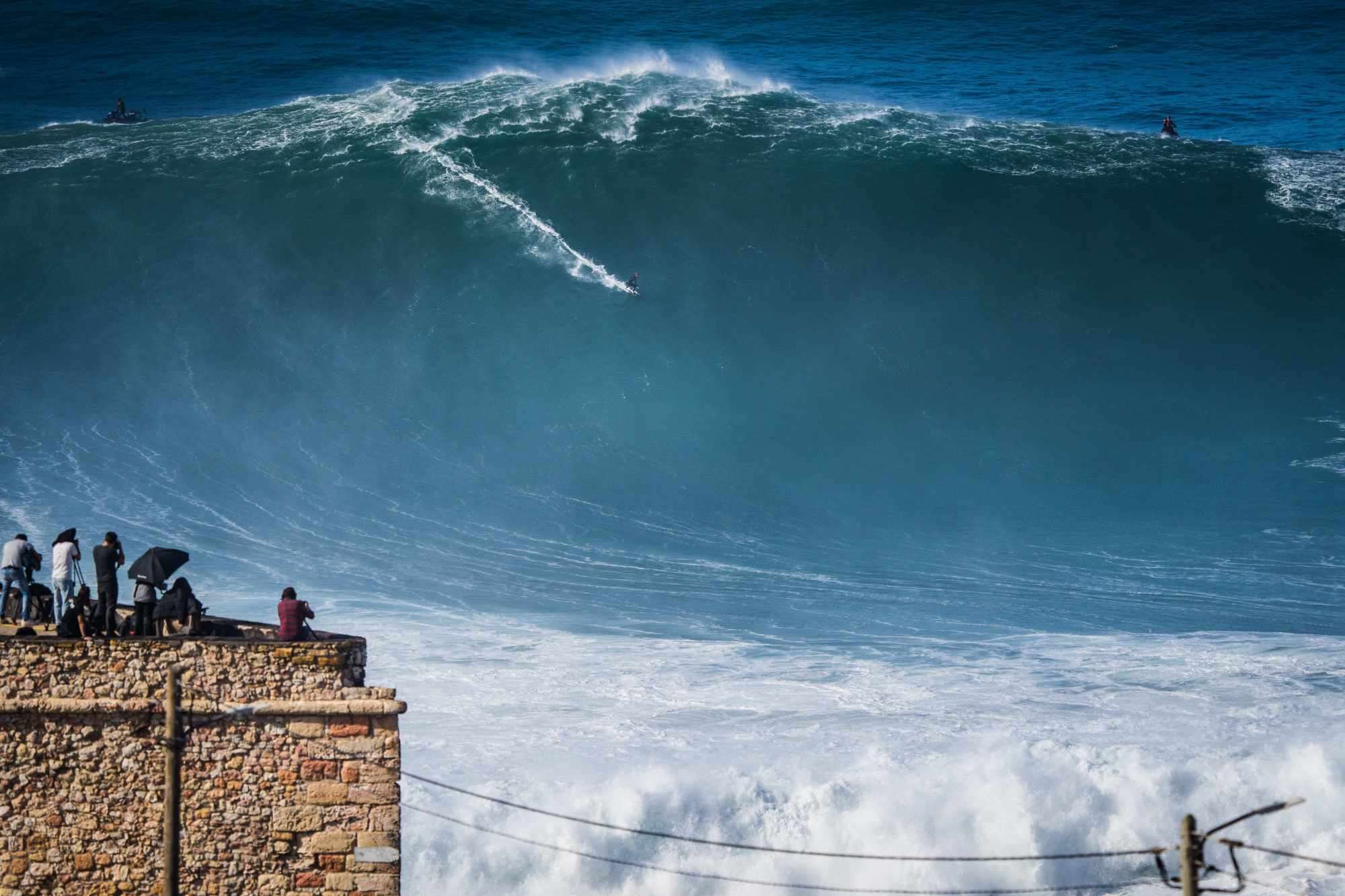Playa de Las Teresitas: A Famous European Fake Beach Made From Sahara Desert Sand
One of the Canary Islands' most famous man-made beaches, Playa de Las Teresitas in Tenerife, Spain, was created in the 1970s using desert sand from the Western Sahara.

During the summer, Nazaré, a picturesque seaside town and resort nestled on Portugal's west coast, buzzes with tourists seeking solace on its expansive sandy beaches, indulging in relaxation, swimming, and surfing. However, as winter sets in, the crowds thin, leaving only the boldest adventurers behind. During this season, the beaches transform into perilous zones, with colossal waves, reaching heights of up to 100 feet, crashing along the rocky shoreline.
Despite its previously low profile, Nazaré has emerged as a hotspot for big wave surfers, drawing enthusiasts from across the globe. The town gained international attention in November 2011 when Hawaiian surfer Garrett McNamara rode a historic wave measuring 78 feet from its lowest point to its peak. McNamara returned in January 2013 and shattered his own record, conquering a wave estimated to be 100 feet tall. Subsequently, in October of the same year, Brazilian big-wave legend Carlos Burle tackled a wave that appeared even larger. Today, Nazaré, situated on the Atlantic coast, stands as a legendary destination in the realm of big wave surfing.

In 2020, Sebastian Steudtner from Germany achieved a remarkable feat by setting a new world record for surfing the largest wave ever recorded. This extraordinary wave, measuring a staggering 86 feet, was conquered by Steudtner while being towed into it at Nazare, Portugal. Following a recent series of immense swells originating from the North Atlantic, there's speculation that this record might soon be surpassed.
On February 24, amidst the tumultuous surf at Nazare, where the waves reached heights beyond precise measurement, Steudtner, accompanied by his tow partner Eric Rebiere, once again took to the waters. Joining them in this pursuit of potentially record-breaking waves were Brazil's Lucas "Chumbo" Chianca and his partner Alemao De Maresias. Both Steudtner and Chianca successfully rode waves that are being hailed as some of the largest of the swell. Despite the challenging conditions characterized by strong winds and rough seas, these two surfers were undeterred, fully aware of the risks involved in their daring endeavor.

"I’ve dreamt about riding waves this size for a long time and it finally came together," Steudtner shared on Instagram. "A few years ago we wouldn’t have looked at the waves of Friday/Saturday last week, too stormy, too big, impossible to surf. Our project, Mission Wave Alpha, was created to make it possible to surf waves of a completely different size. From safety development to surf equipment and a dedicated team, we put it all together and defined what’s possible
Chianca offered a succinct remark, stating, "Biggest ever."
Renowned big wave documentarian Tim Bonython was present in Nazare to capture the entirety of the spectacle. He recently released a new 42-minute compilation showcasing the three-day surge of swell, a must-watch for enthusiasts. While it will take some time for experts and officials to conduct their measurements and make an official announcement regarding any potential world record, speculation arose at the onset of this El Nino winter that Nazare could be the site of a new record-breaking feat, and recent events suggest that this speculation may indeed become reality.
How does Nazaré consistently produce waves of immense size? The explanation lies in the unique underwater topography of Nazaré. Adjacent to the town lies Europe's largest underwater ravine, known as Nazaré Canyon. This expansive canyon stretches 125 miles from the depths of the Atlantic Ocean to within a mere half mile of the coastline, its trajectory resembling that of an arrow aimed towards Nazaré. At its deepest point, the canyon floor plunges more than 3 miles below the ocean surface, rising swiftly to a "headwall" towering between 100 and 150 feet just off the shore of Praia do Norte beach, where some of the largest waves have been recorded.
These swells originate from powerful storms in the North Atlantic during winter, and upon nearing Nazaré, their energy converges and intensifies within the narrow canyon, akin to sunlight being focused through a magnifying glass. As the waves approach the coastline, the seabed undergoes a rapid ascent, causing the waves to surge dramatically. Just before reaching shore, the water becomes shallow enough for the now-amplified swells to break into colossal waves.
Similar underwater formations exist in other renowned big wave surfing locations worldwide, such as Teahupoo in Tahiti, the Banzai Pipeline in Hawaii, and Mavericks off the coast of northern California.
Be the first to comment